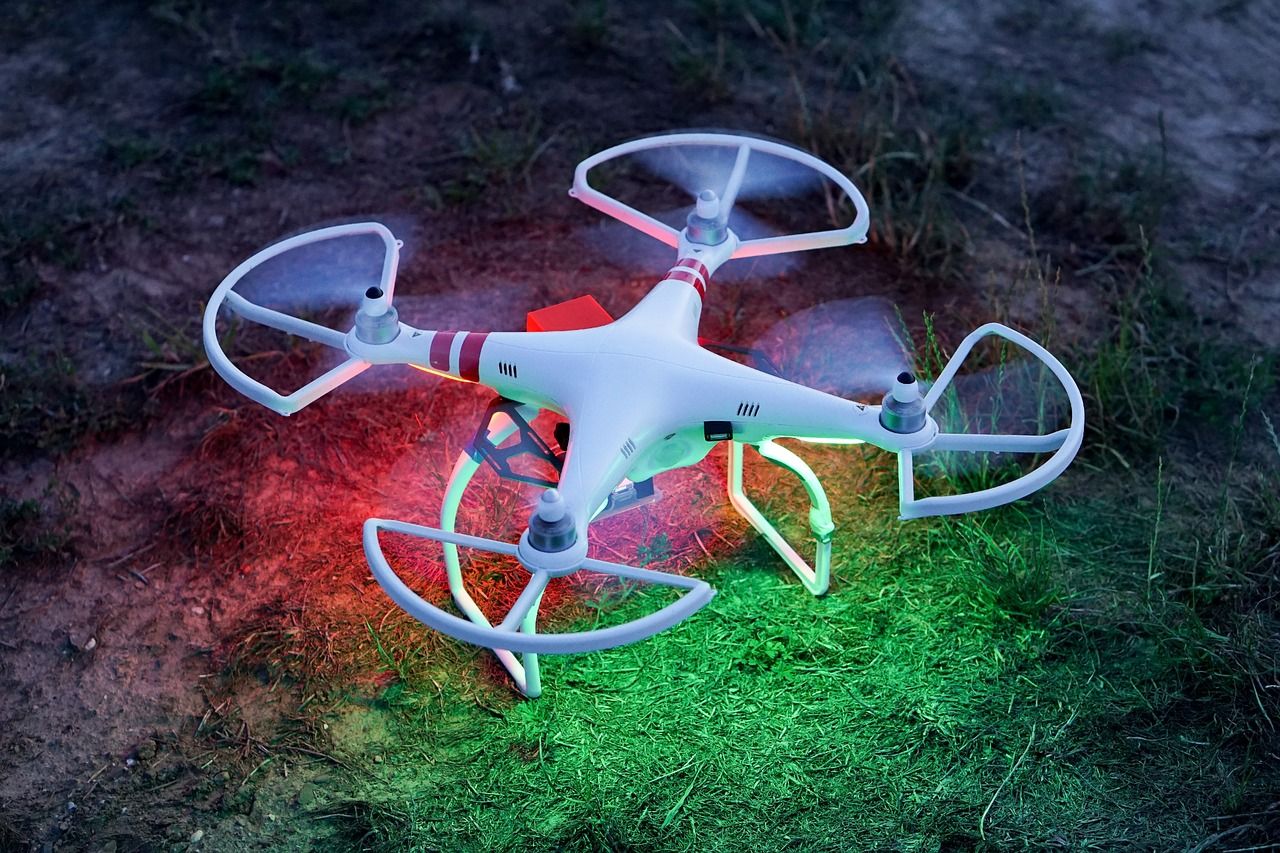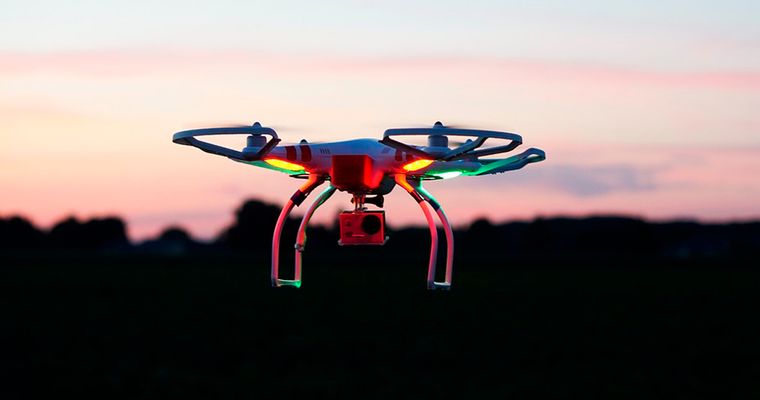With a flight range of 5km which is considerably lesser than that of the Mavic Pro, one may wonder why he should invest in this model especially when it costs almost 2 times the price of Mavic.
Well, before we go into that, here’s something you should take note of: recently, with the release of Phantom 4 Pro, the price of the present model has come down considerably, so it’s as good a time as any to get your hand on the model if you are so inclined.
Pros
- 12 Mp stills with a resolution of 4000 X 3000
- 4K High Definition video (at 30 FPS)
- GLONASS and GPS dual positioning modules as well as dual IMUs and a dual compass module for greater reliability
- Flight time of 28 minutes
- Ability to handle heavy payload
Cons
- Longer charging time and shorter flight range than Mavic Pro

Features
A common consensus among enthusiasts is that the Phantom 3 ushered in the birth of the camera drone. From that perspective, it’s fair to say that the Phantom 4 is more of an evolved version of its predecessor — it still carries most of the features found on the latter. Having said that, though, it’s worth highlighting that DJI have introduced a number of enhancements in key areas.
So here’s what you can expect to find on the Phantom 4:
- Advanced optics: Although the camera remains pretty much the same as that on the Phantom 3, it sports a host of upgrades in capability. The refresh rate takes a leap from 60 to 120 frames per second. More resolutions (3840 X 2160, and 2704 X 1520) are also provided alongside the standard 4K option.
- Active Camera Stabilization: This is an advanced 3-axis gimbal that cancels out the camera’s vibrations and movements in flight.
- OSS: Short for obstacle sensing system, this relies on 2 forward-facing optical sensors to help the drone detect obstacles and navigate around them.
- Automatic Flight Positioning System: Like the name suggests, this employs GPS technology to make the drone more user-friendly.
Performance
As a linear upgrade of the Phantom 3, the DJI Phantom 4 takes care of most (if not all) of the former’s shortcomings. On the surface, it does away with the old plastic body and replaces it with one made of a magnesium alloy. This is informed not by the need to improve aesthetics, but rather provide a more robust housing for the other improvements.


Comments